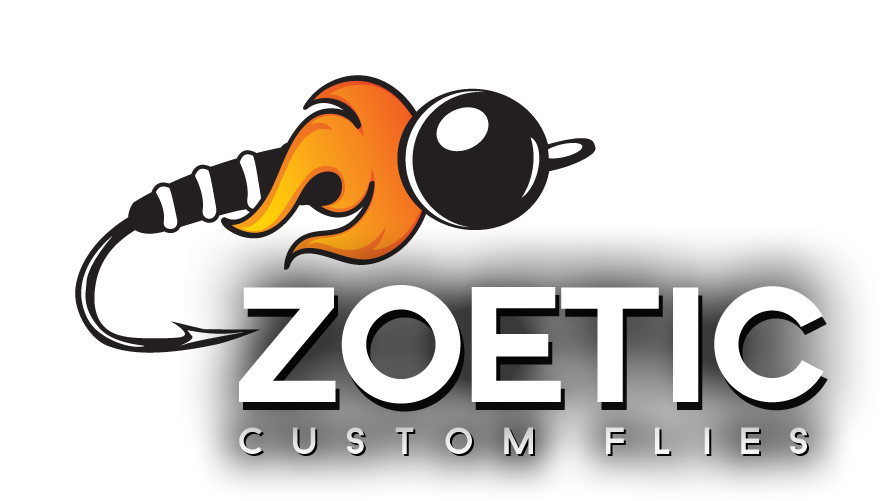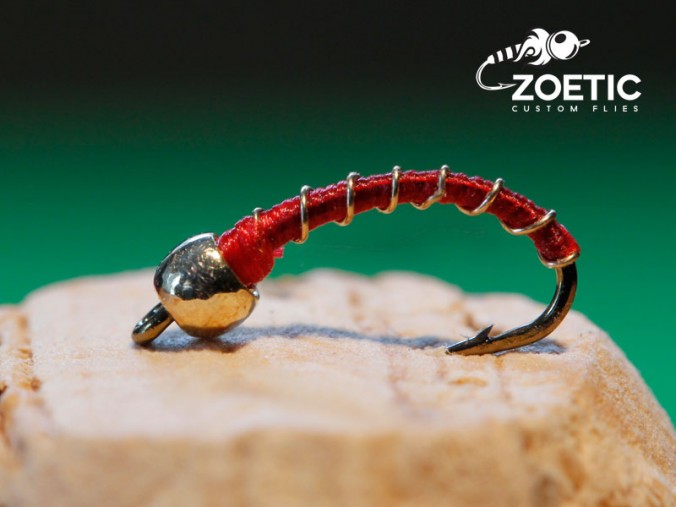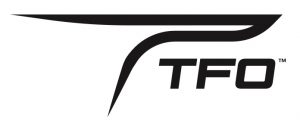Why is the Zebra Midge so popular? Let’s take a look.
Midges can be as high as 80 percent of a trout’s diet and are found in ponds, lake, streams and rivers. With winter being here, there just aren’t too many other insects that are active and their importance in the food chain increases, especially in tailwaters. Colors for bloodworms can vary from bright red (low oxygen tailwaters) to more blueish green (highly oxygenated spring creeks).
It is a simple pattern to tie, just a bead (glass, brass, tungsten) some thread and a wire. Anyone can tie it and the techniques used help to build the foundation for other patterns. It is most commonly tied in black or red followed by various shades of olive and brown. The body shape can be tapered or a uniform slim profile.
The Zebra Midge can imitate a larva crawling down on the bottom or an emerger as it rises. The bead can give it the weight to get down or appear to be the gas bubble. This means you can fish it anywhere in the water column. Down on the bottom in an Euro nymphing rig or under an indicator or with a foot or so of the surface in a hopper / dropper set up.
Want to use a straight hook instead of curved, tie in some herl, yarn or flash and call it something else, go ahead, underneath beats the heart of a Zebra Midge.
This fly and various color variations can be purchased in our online store.




